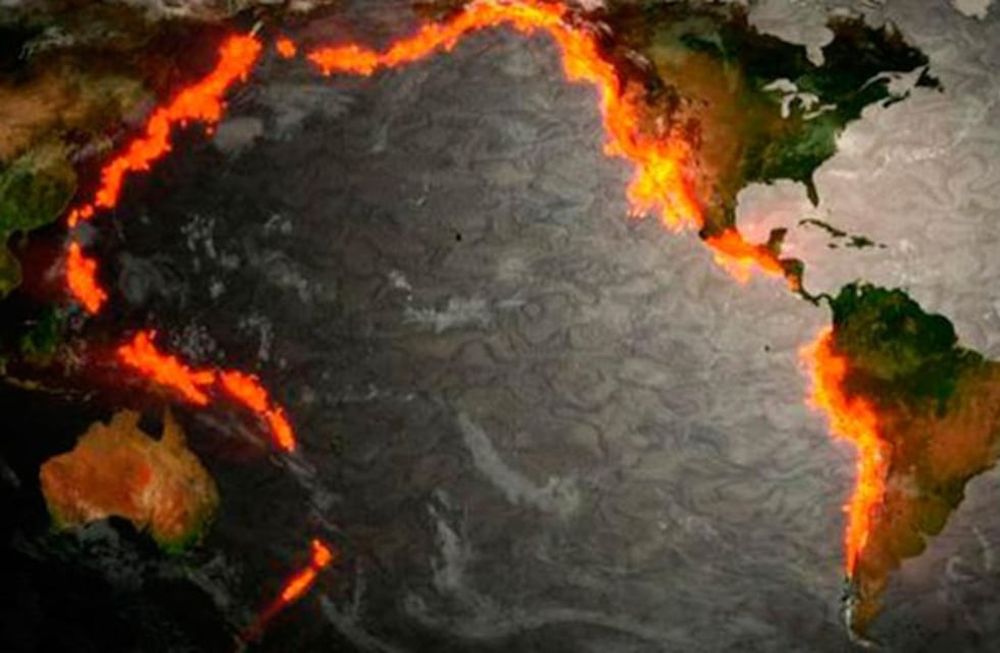Strong earthquakes struck Chile again and were felt in Mendoza. Has the Pacific Ring of Fire been activated?

An earthquake measuring 5.1 on the Richter scale was recorded this Monday at 6:46 a.m. in northern Chile , with its epicenter in the Coquimbo region.
A magnitude 5.1 earthquake on the Richter scale struck northern Chile at 6:46 a.m. Monday, with its epicenter in the Coquimbo region. The quake was also felt in western Argentina, especially in the provinces of San Juan and Mendoza, to a lesser extent .
According to Chile's National Seismological Center , the epicenter was located 85 km northwest of Coquimbo, near La Serena, and at a depth of approximately 45 km . In relation to Argentine reference points, the earthquake occurred 230 km west of the town of Colangüil in San Juan.
In Argentina , the quake was felt most intensely in San Juan , where many residents reported being awakened by the tremor. In Mendoza , the quake was mild, although some people at rest or in tall buildings were able to feel it.
So far, no material damage or casualties have been reported in either country. The phenomenon is part of the normal seismic activity in the Andean region, which lies on the Pacific Ring of Fire , one of the most geologically active areas in the world.
Chilean and Argentine authorities remain vigilant for possible aftershocks, although the Chilean Navy's Hydrographic and Oceanographic Service (SHOA) has ruled out the risk of a tsunami.
What is the Pacific Ring of Fire? (Illustrative image / Web)

What is the Pacific Ring of Fire? (Illustrative image / Web)
The Pacific Ring of Fire is a vast geological zone surrounding the Pacific Ocean, home to approximately 75% of the world's active volcanoes and nearly 90% of all global earthquakes . It stretches for more than 40,000 kilometers , passing through countries such as Chile, Peru, Mexico, the United States, Japan, the Philippines, Indonesia, and New Zealand, among others.
Why is it so active?This region is the meeting place of multiple tectonic plates (such as the Pacific Plate, the South American Plate, the Nazca Plate, among others) that constantly slide, collide, or subduct beneath one another. This friction and movement generate:
Frequent earthquakes , which can be very destructive.
Volcanic eruptions , sometimes explosive.
Tsunamis , if the earthquakes occur at the bottom of the sea.
Saying "it's activated" doesn't mean the entire belt reacts at once, but when several areas show intense activity in a short period of time, it may indicate a phase of greater release of pent-up energy. This could result in:
Increase in strong earthquakes and aftershocks in different regions of the belt.
Increased volcanic activity , with chain eruptions.
Tsunami warning , especially if the earthquakes are underwater.
Although it's impossible to predict exactly when a major event will occur, scientists constantly monitor this area for early signs of risk.
- Topics
- Earthquake
- Chili
- Ring of Fire
losandes




